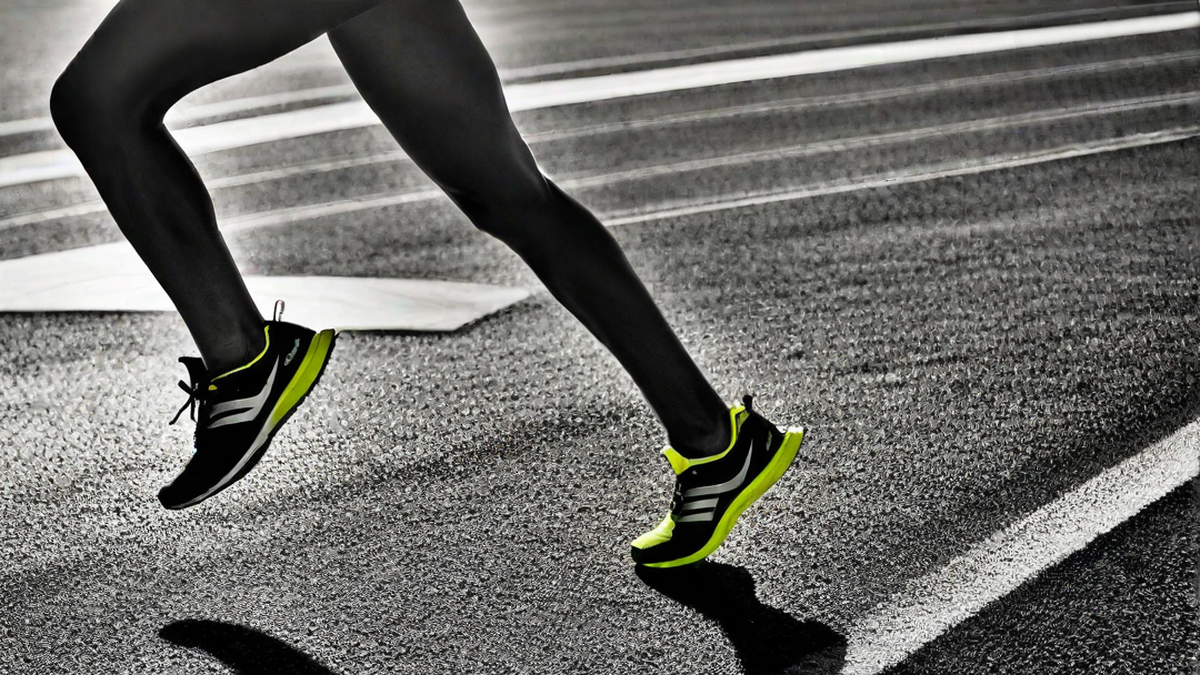As a passionate runner, I have always been intrigued by the concept of minimalist shoes for running. These shoes, also known as barefoot shoes or minimalist running shoes, are designed to mimic the sensation of running barefoot while still providing some degree of protection and support. But are minimalist shoes really good for running? Let’s dive into the details and explore this question.
What are minimalist shoes?
Before we discuss whether minimalist shoes are good for running, let’s first understand what these shoes are all about. Minimalist shoes are characterized by their lightweight and flexible design. They typically have thin soles and minimal cushioning, allowing for a more natural and tactile connection between your feet and the ground.
These shoes aim to promote a more natural running form by encouraging a midfoot or forefoot strike, as opposed to a heel strike. This is believed to reduce the impact on joints and muscles, potentially reducing the risk of certain running injuries.
The benefits of minimalist shoes
Many proponents of minimalist shoes argue that they offer several benefits for runners. One of the main advantages is the increased proprioception or body awareness that comes with running in minimal shoes. With a thinner sole and less cushioning, your feet can better sense the terrain and make adjustments accordingly.
Minimalist shoes also encourage a more efficient running form. By promoting a midfoot or forefoot strike, they can help to distribute the impact forces more evenly throughout your lower body, potentially reducing stress on your joints.
In addition, some runners find that minimalist shoes can help improve their running cadence and stride length. The lighter weight and increased flexibility of these shoes may allow for quicker turnover and a more fluid running motion.
Considerations and precautions
While minimalist shoes have their merits, it’s important to approach them with caution. Transitioning to minimalist shoes requires a gradual adjustment period to allow your muscles, tendons, and ligaments to adapt to the new running mechanics.
It’s crucial to start slowly and gradually increase your mileage in minimalist shoes to avoid overuse injuries. If you’re used to running in traditional running shoes with ample cushioning, the sudden switch to minimalist shoes can put excessive strain on your feet and lower legs.
Furthermore, not all runners are suited for minimalist shoes. If you have a history of foot or ankle problems, such as plantar fasciitis or Achilles tendonitis, it’s best to consult with a healthcare professional before making the switch.
Conclusion
In conclusion, whether minimalist shoes are good for running depends on various factors, including your running mechanics, injury history, and personal preferences. While some runners may benefit from the increased proprioception and improved running form offered by minimalist shoes, others may find that they need more cushioning and support to prevent injuries.
If you’re considering trying minimalist shoes, I highly recommend consulting with a running specialist or podiatrist who can assess your individual needs and guide you through the transition process. Remember, the key is to listen to your body, gradually adapt to the new shoes, and prioritize injury prevention above all.

